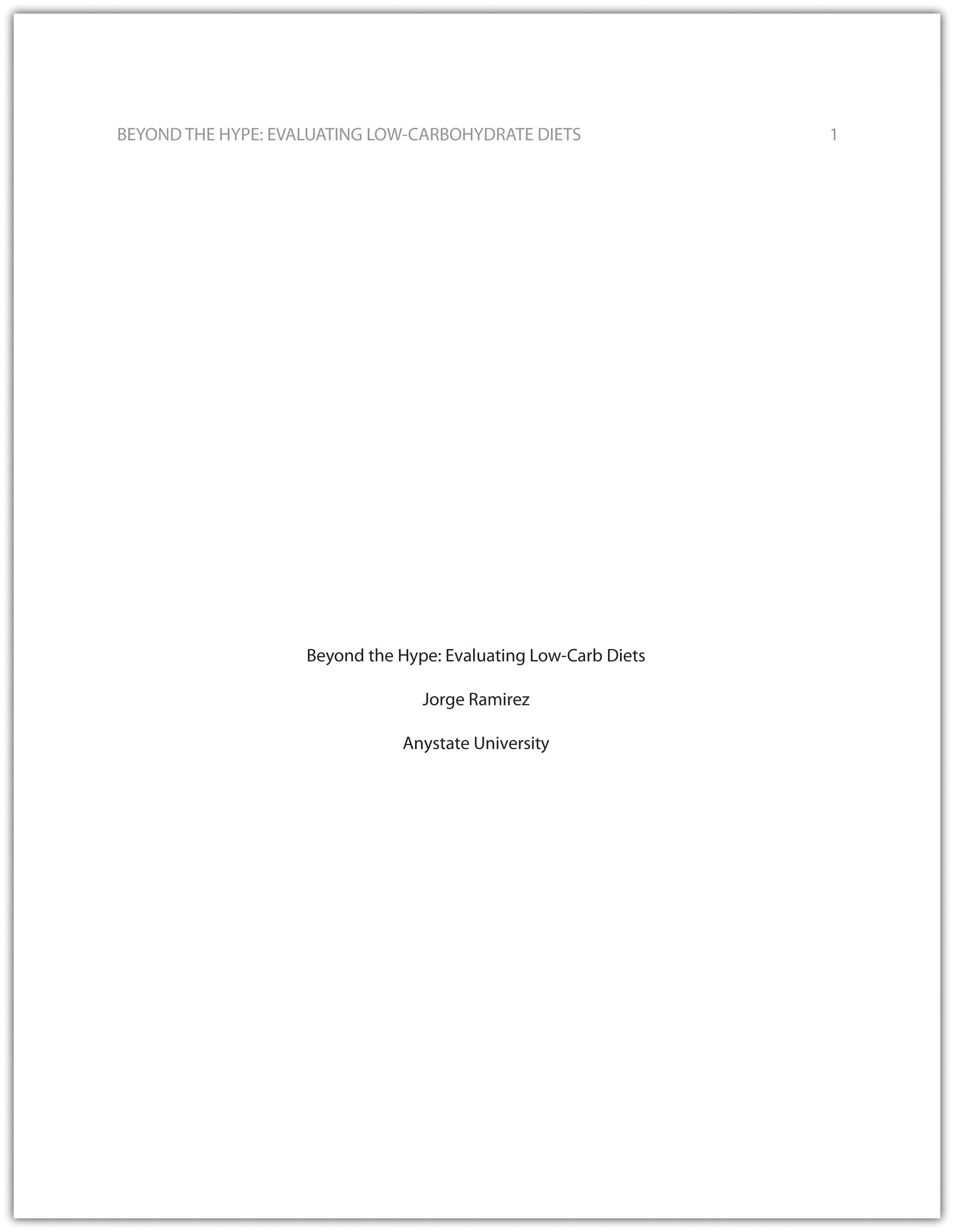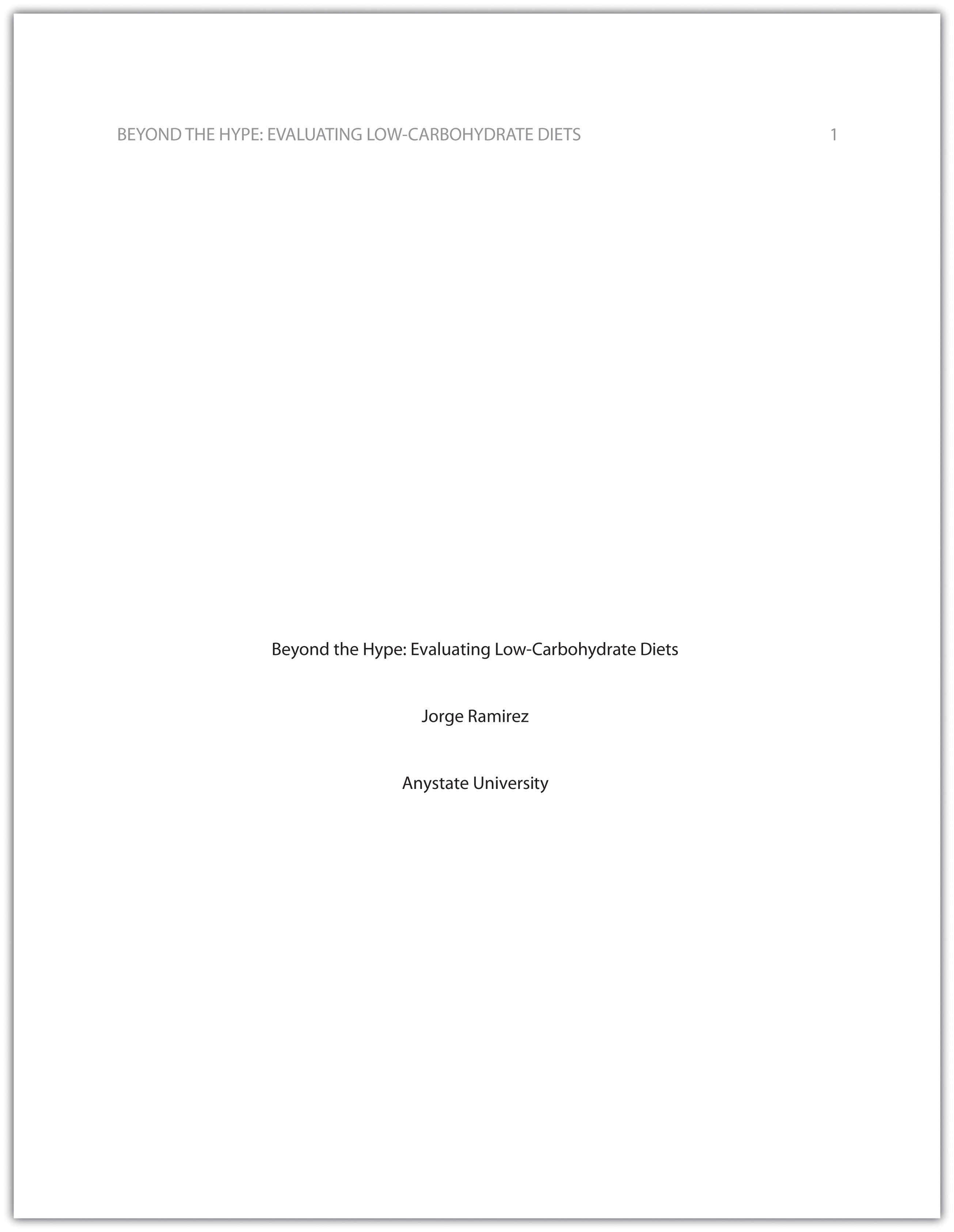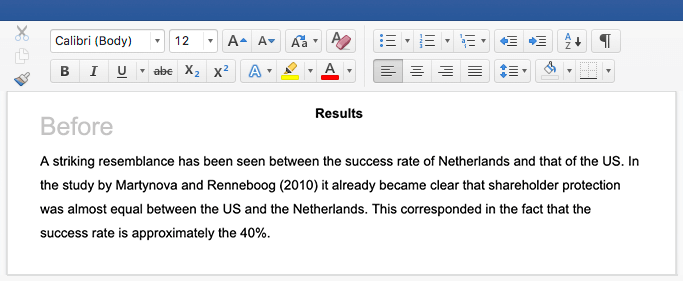
Connect with our top writers and receive a research paper crafted to your needs.
As stated in most research paper guidelines, the main sections are:
Next, write a rough draft. It shouldn’t take much of your time as you will need to edit the paper and write the final draft after you finish. Still, don’t forget to cite the sources you’re using. Revise your draft and check whether all the paragraphs have a topic sentence and whether each of your ideas is supported by evidence. Finally, write the final draft. You can get help with writing research papers at Edubirdie. It should support your thesis statement as well as be clearly organized and properly formatted.
State the thesis statement and explain why the issue is important.
Need more writing assistance?
This is a broad overview of a paper. It takes from 100 to 300 words, so short assignments don’t require abstracts.
Provide an alphabetized bibliography list of all the sources you were using. Among other things you should include in a research paper are: graphs and tables depicting experimental results and statistics-in order to ensure better readability, you might want to include them in the appendices section.
Analyze the results and discuss how they relate to the previous research.

- AMA (American Medical Association) for medicine, health, and biological sciences
- APA (American Psychological Association) for education, psychology, and the social sciences
- Chicago—a common style used in everyday publications like magazines, newspapers, and books
- MLA (Modern Language Association) for English, literature, arts, and humanities
- Turabian—another common style designed for its universal application across all subjects and disciplines
Here, the writer names the source author when introducing the quote and provides the publication date in parentheses after the author’s name. The page number appears in parentheses after the closing quotation marks and before the period that ends the sentence.
This information may be included within the sentence or in a parenthetical reference at the end of the sentence, as in these examples.
This chapter provides detailed guidelines for using the citation and formatting conventions developed by the American Psychological Association, or APA. Writers in disciplines as diverse as astrophysics, biology, psychology, and education follow APA style. The major components of a paper written in APA style are listed in the following box.
Learning Objectives

In Chapter 12 “Writing a Research Paper”, you read a paper written by a student named Jorge, who researched the effectiveness of low-carbohydrate diets. Read Jorge’s abstract. Note how it sums up the major ideas in his paper without going into excessive detail.
In-text citations must provide the name of the author or authors and the year the source was published. (When a given source does not list an individual author, you may provide the source title or the name of the organization that published the material instead.) When directly quoting a source, it is also required that you include the page number where the quote appears in your citation.
- Your title page
- The abstract you created in Note 13.8 “Exercise 1”
- Correct headers and page numbers for your title page and abstract

- Research report introduction. An introductory part is a right place for a thesis statement and the background info. Additional information can contain a short literature review available on the topic
What is a research report? Such question is of a great importance for all students without exception. As a college or university student, you will most likely be asked to compose a huge pile of reports throughout the course of study. A report is a type of work most widely applied in psychology, engineering, and the sciences. Here, your goal is to write concisely on the topic so that readers may easily comprehend the results and goal of the paper.
(A topic may be given by an instructor, or you can make your own choice.)
- Be sure that the title indicates exactly what you are working on.
- Table of Contents. List all appendices, graphs/tables, subheadings, and sections and provide page numbers for each.
- Synopsis/Abstract. This section provides a very short paper’s overview in a condensed form.
How to write a research report step by step
It is quite necessary to familiarize yourself with course information to assure that you have all chances to cope with different types of research report. Typically, it consists of three main parts: 1) preliminary/background material
- This part comprises all references applied in your paper.
- These have to add extra information. In case you add appendices, they need to be referred to in the text and have a clear reason for being added. Each appendix should be numbered and named.
(It can be reporting on an investigation, persuading, or analyzing.)
Apply section headings to assist with your draft plan. Create a thesis statement, which specifies the overall goal of the paper. Write down everything you have already learned regarding the topic in the corresponding sections.
- Keyword Internet search. An excellent place to start with a review of related literature is by going online and doing some preliminary search using specific keywords related to topic or your outline. Perhaps a student can begin by looking at general information published on well-known sites and general publications before delving into specific journal articles and academic papers. Although these two receive the highest trust as sources because they are referred to as independent peer-reviewed work. Nevertheless, goal at this stage of the process is really to get that preliminary information.
- Check previous researches. The next step of search process is to look at the work done by credible and respectable organizations about subject matter. What have they found, and what are they sharing and publishing online? Are the research works privately or publicly funded? Are the researchers affiliated with a company or foundation, or do they belong to university research institutions? It is essential to look at sources of funding or potential conflict of interest because the inherent bias in the findings needs to be considered in weighing credibility of research work.
- Visit university library. Now that you have quite a bit of background information to work with, the time has come for you to spend the right amount of effort doing some searching and sleuthing at university libraries. Use research databases to look for journal articles or other primary and first-hand sources about your research topic. This type of library research is the stage where you’ll probably get a lot of information as to the institutions and scholars researching the specific theme (from specialties to sub-specialties) that you are interested in exploring.
- Use academic sources. Remember that peer-reviewed academic journals tend to receive the highest credibility in academic research papers primarily because of the critical and often blind peer-review process, which is gold standard in judging the quality of research work. Furthermore, you’ll be well served if you use some books published by well-known researchers and academics on the topic that you are researching and writing about. If your work gets published or accepted at a conference, you have a good chance of being quoted or cited in subsequent work by other researchers in the area that you are pursuing.
Paper Title: An un-presidential rhetoric? A content analysis of Ex-President Obama’s tweets
What is a research paper? A research paper is a piece of academic writing based on its author’s original research on a particular topic and analysis together with interpretation of research findings. Writing a research paper can be a little intimidating at times. Students, especially those new to the rigors of academia, often feel anxious about the process especially that the paper often gets assigned a big chunk of the final grade by a conscientious professor.
A well-prepared thesis means well-shaped ideas. It increases credibility of paper and makes a good impression of its author. More helpful hints about Writing a Research Paper.
Organize your notes
- Online reference materials (SIRS, ProQuest, eLibrary, etc.)
Sometimes students are asked to submit formal outlines with their research papers. In a formal outline, numbers and letters are used to arrange topics and subtopics. The letters and numbers of the same kind should be placed directly under one another. The topics denoted by their headings and subheadings should be grouped in a logical order.
All points of a research paper outline must relate to the same major topic that you first mentioned in your capital Roman numeral.
- Survey. Those conducted using a large sample with participants chosen randomly tend to be viewed highly in the realm of peer-reviewed research. However, it is essential to remember that surveys also have weaknesses because participants might not necessarily give their honest opinion (i.e., giving ‘prestige’ or politically correct answers), and they are influenced by many factors in the way that they answer survey questions.
- Field experiments. Giving a specific group certain things while others experience a different situation these experiments are also employed to find answers to the impact of a treatment or a program on a community. Methods such as content analysis, experiments, direct observation, or participant observations are also conventional methods being used by researchers to find answers to research questions. Every student researcher should be familiar with standard research methods available for use and understand strengths and weaknesses that these methods bring to the study.

The conclusion of a research paper has several key elements you should make sure to include:
Whatever the scope of your own research, there will always be room for further investigation of related topics, and you’ll often discover new questions and problems during the research process.
The conclusion of a research paper is where you wrap up your ideas and leave the reader with a strong final impression. It has several key goals:
In a more empirical paper, you can close by either making recommendations for practice (for example, in clinical or policy papers), or suggesting directions for future research.
Research paper conclusion examples
While you are restating a problem you’ve already introduced, you should avoid phrasing it identically to how it appeared in the introduction. Ideally, you’ll find a novel way to circle back to the problem from the more detailed ideas discussed in the body.
Finish your paper on a forward-looking note by suggesting how you or other researchers might build on this topic in the future and address any limitations of the current paper.
Full examples of research paper conclusions are shown in the tabs below: one for an argumentative paper, the other for an empirical paper.
No, it’s not appropriate to present new arguments or evidence in the conclusion. While you might be tempted to save a striking argument for last, research papers follow a more formal structure than this.


